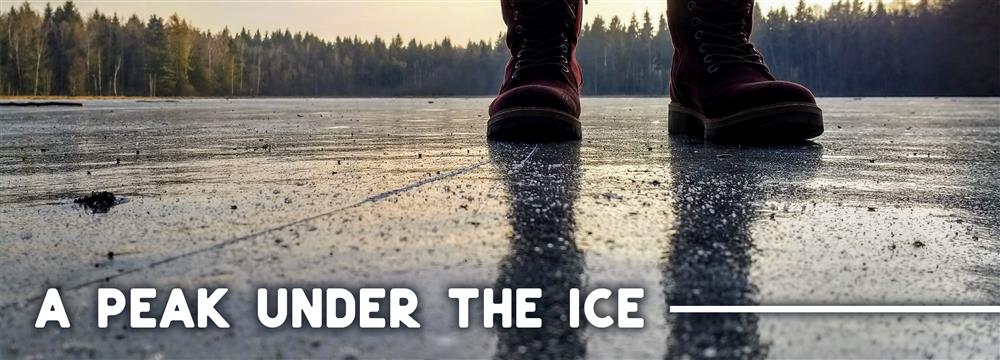
Take a trip back with me to high school English class. In J. D Salinger’s, Catcher in the Rye, Holden Caulfield ponders what happens to the fish when a pond in Central Park freezes over for the winter. As he wonders this aloud in a taxi, the surly cab driver tells him that the fish freeze in the ice, nourishing themselves through their pores. He claims they simply thaw in the spring, continuing as they had prior.
Though his explanation is largely incorrect, the cabbie’s science isn’t completely unfounded. There have been instances where frozen fish can come back to life upon thawing! However, fish cannot derive nutrition from the ice, and they were never truly frozen solid. Like all cells, fish cells contain saline, or saltwater. Since saltwater has a lower freezing point than pure water, even when encased in ice at thirty-two degrees Fahrenheit, cold-water fish are not technically frozen. Some fish even contain an anti-freeze like substance that allows them to survive extreme cold.
But what about in your pond? Our winters are not long or cold enough to freeze most bodies of water solid. The top layer of a pond or lake freezes first due to the water’s density and the resulting layers of ice and snow act as insulation to the water below. This creates a warmer environment for the fish under the ice. While warmer than freezing point, this water is still only around 39° F!
So, how do fish survive in these frigid temperatures all winter? Fish are cold blooded creatures, meaning their body temperature is the same as the environment around them. The cold environment slows their metabolism, meaning the process of respiration, digestion, and physical activity is greatly decreased. Fish will hunker down in areas of calm water, conserving as much energy as possible in a state called torpor. Torpor is similar to hibernation, however unlike hibernation, it is not voluntary.
Despite their incredible resilience, ice can pose a great danger to fish. When ice forms on the surface of a body of water, it seals off the water from receiving oxygen and restricts light that supports aquatic plants and phytoplankton. Oxygen levels will decline as the winter progresses, and if it persists, they may become low enough to suffocate the fish. This can be prevented by keeping part of the pond ice free. You can achieve this easily by running an aerator or a floating pond de-icer.
